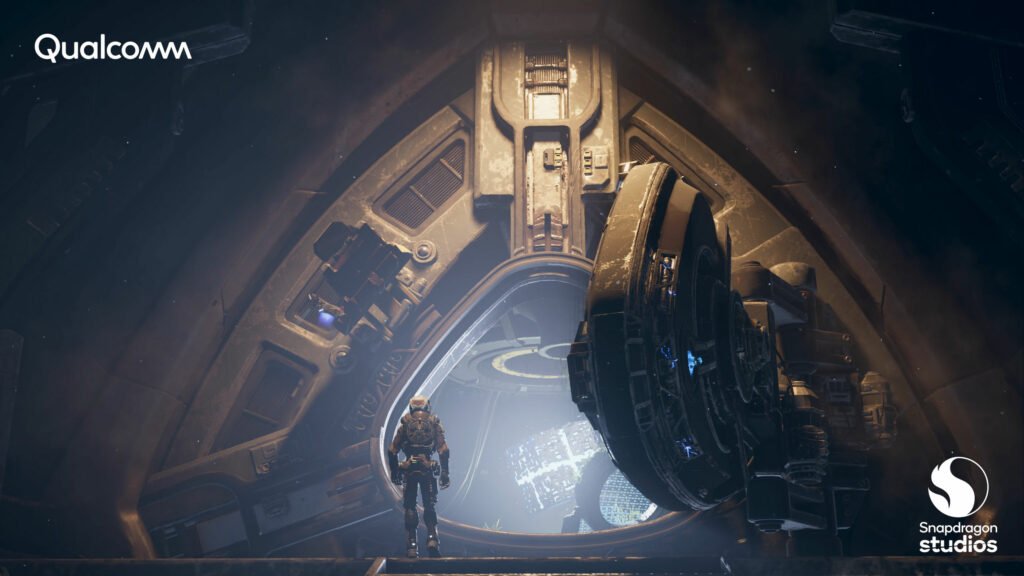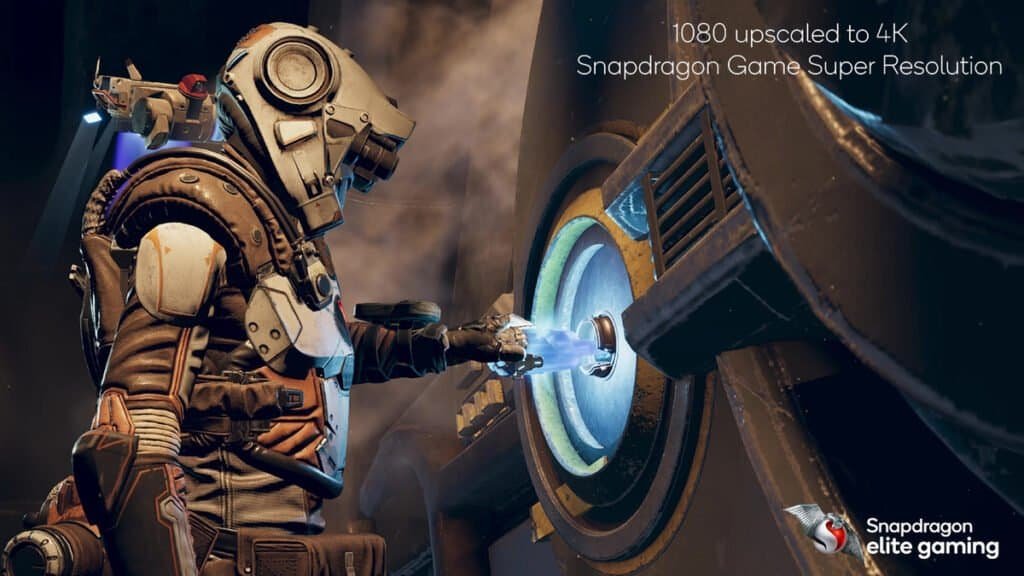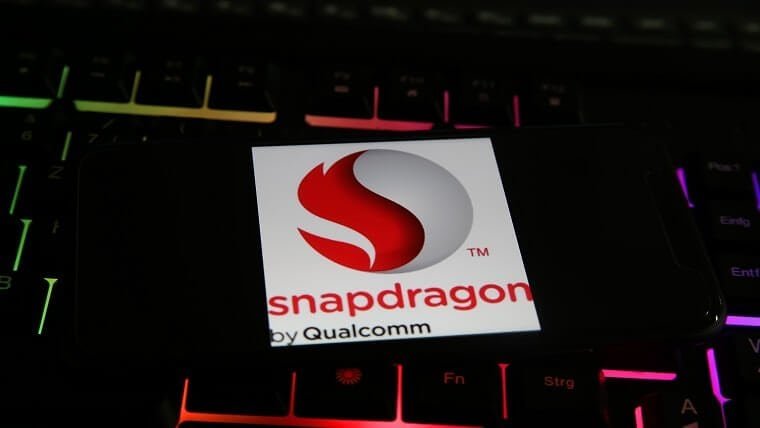Qualcomm has introduced the snapdragon game super-resolution feature, which is designed to improve mobile game performance and battery life. Snapdragon game super-resolution is said to be the fastest resolution upscaling technique available today. While many are based on bilinear interpolation (boiler), their graphic quality suffers, and others that improve graphic quality necessitate inputs that are uncommon in mobile rendering pipelines.
Snapdragon game super-resolution is a single-pass spatial upscaling technique designed specifically for Snapdragon Adreno GPUs. It employs range-aware dynamic scaling with Adreno GPU pipeline customizations.

When compared to other mobile upscaling solutions, Qualcomm claims to have twice the performance improvements. It also provides better visual quality and graphics than the native game render.
The Snapdragon game super-resolution feature is currently available to improve gaming performance and battery life on Snapdragon-powered devices as well as partner GPUs.
While the feature is compatible with a variety of GPUs, the company claims that it performs best when used with Snapdragon chipsets. The snapdragon game super-resolution feature, according to Qualcomm, allows users to play 1080p games in 4K resolution and 30FPS games in 60+ FPS resolution without sacrificing battery life.
On Adreno GPUs, the snapdragon game super-resolution feature achieves its speed by utilizing as few registers, texture samples, and Arithmetic Logic Instruction (ALU) instructions as possible. SNAPDRAGON GAME SUPER RESOLUTION uses only one pass over the input image, whereas other techniques require at least two passes. This reduces power consumption and increases speed.

Snapdragon game super-resolution also employs fewer ALU instructions and texture samples than other techniques. It also employs a 12-kernel window, with the luminance calculation taking place in the green (G) channel because the human eye is most sensitive to this color. Adreno GPUs now offer 100 percent shade processor utilization because they use only one component for each pixel calculation with a three-component interpolation.
Also read:
PlayStation Plus: Sony reveals free games on the service for May 2023


